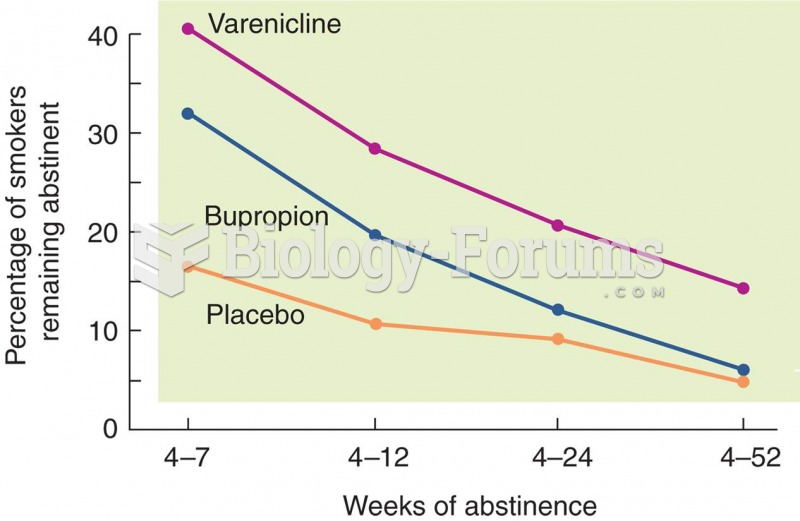|
|
|
The people with the highest levels of LDL are Mexican American males and non-Hispanic black females.
A serious new warning has been established for pregnant women against taking ACE inhibitors during pregnancy. In the study, the risk of major birth defects in children whose mothers took ACE inhibitors during the first trimester was nearly three times higher than in children whose mothers didn't take ACE inhibitors. Physicians can prescribe alternative medications for pregnant women who have symptoms of high blood pressure.
Cytomegalovirus affects nearly the same amount of newborns every year as Down syndrome.
Each year in the United States, there are approximately six million pregnancies. This means that at any one time, about 4% of women in the United States are pregnant.
Between 1999 and 2012, American adults with high total cholesterol decreased from 18.3% to 12.9%







